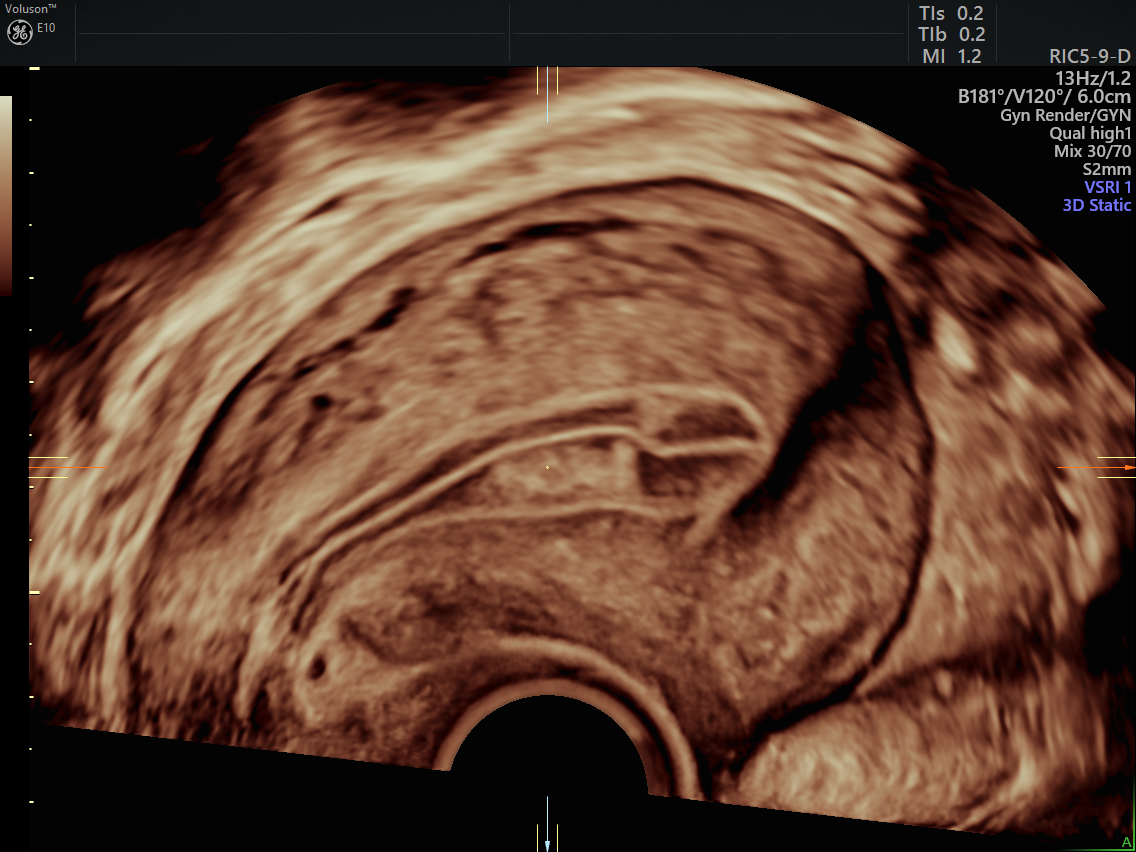Infertility is a topic that can be deeply rooted in insecurity, fear and anxiety. Many patients take the subject quite personally, but tried-and-true methods of explaining the common causes of infertility, modes of assessment and infertility treatments can make this sometimes touchy conversation much easier.
What Is Infertility?
What percent of couples experience infertility? According to UCLA Obstetrics and Gynecology, up to 15 percent. Difficulty conceiving can stem from various causes, leading patients to ask questions such as:
- What is fertility?
- Conversely, what is infertility?
- Are we suffering from it?
- What can we do about it?
Fortunately, it is becoming easier to assess several major causes of infertility, such as polycystic ovarian syndrome (PCOS), pelvic inflammatory disease, fibroids, polyps and endometriosis with a widely accessible high-resolution pelvic ultrasound.
Common Causes of Infertility
Infrequent periods, often due to PCOS, is one of the leading causes of infertility. Another is uterine fibroids, the most common type of noncancerous tumors in reproductive-aged women. In addition to infertility, these can cause pain and heavy periods that may lead to anemia. However, some fibroids have no symptoms, so it is important to conduct imaging tests like ultrasounds to help pinpoint the location of fibroids for treatment.
Endometrial polyps, benign soft tissue masses of the endometrium that are commonly seen in women of reproductive age, can also lead to infertility. A study published by Human Reproduction found that endometrial polyps have a detrimental effect on fertility, and women who had recently undergone a hysteroscopic polypectomy were nearly twice as likely to achieve pregnancy.
According to the Journal of Assisted Reproduction and Genetics, women with infertility are six to eight times more likely to have endometriosis. Inflammation from endometriosis may damage the sperm or egg or interfere with the movement through the fallopian tubes and uterus. In severe cases, the fallopian tubes can be blocked by adhesions or scar tissue.
A history of pelvic infections or sexually transmitted diseases can also cause scarring or blockages of the fallopian tubes. Finally, women age 35 years or older can experience infertility due to a natural decline in the number of oocytes in the ovary.
Soothing Worried Patients
Infertility is a delicate and emotional subject for many people. Many fears surround their perceived ability to get pregnant, carry a pregnancy to term and deliver a healthy child. Patient-doctor discussions about infertility are best conducted in a gentle yet informative manner. The more information a patient has, the better prepared they are to plan their fertility treatment.
Beginning this process with a complete history, physical exam and transvaginal ultrasound will provide the clinician with the most information in the shortest period of time. Use indicators from the patient's history and pelvic ultrasound to determine the most likely causes of infertility to assess and rule out before proceeding to the next possible cause. A follow-up pelvic ultrasound can be helpful for assessing changes in structural issues, such as polyps, fibroids and endometriosis.
Where To Begin?
Using pelvic ultrasound to screen the reproductive organs for structural causes of infertility is one of the best first steps when beginning an infertility assessment. When conducted along with a 3D endovaginal ultrasound, it ensures that the entire uterine anatomy is seen from all possible views, providing the most information possible.
This is the best way to assess the location of fibroids, the size of endometrial polyps, the presence of any ovarian cysts that might indicate endometriosis or PCOS, signs of past infections and the number of maturing oocytes in the ovary during each cycle. To top it off, an ultrasound can be easily performed in the clinician's office the same day. When the physician finds complex or multiple pathologies, they can easily share images with colleagues to develop the best treatment plan using Tricefy.

GE Healthcare endometrial polyp ultrasound image
The best thing you can do for a patient with infertility is to help them gather all the information they need to make decisions about their reproductive future. Communicate with compassion, evaluate thoroughly and use the imaging technology at your disposal to provide the best treatment plan possible.





